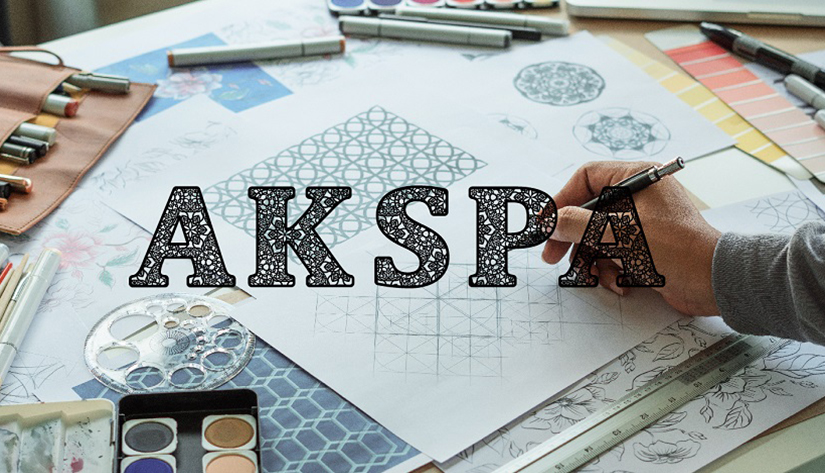Embroidery, which is one of the most important patterns in the art of Turkish machining, is believed to date from the 3rd century BC. It is embroidered on the clothes by using silvers, colorful yarns, silver threads. Embroidery, which also could be ornamented via various beads and sequins, has been one of the most significant dimensions in Turkish cultural heritage.
Embroidery not only is currently utilized in numerous clothes from Ottoman caftan to concubine dresses nowadays but also takes participation in evening dresses, which are inevitable for special days. Turkish, Antep and Chinese needlework are fundamental preferences over embroidery types of evening dresses.
Turkish Work
Turkish embroidery, reflecting the patterns inspired by nature, is one of the types ancestors left. Although it is generally used on linen clothes, Turkish embroidery types have been processed on lots of evening dresses nowadays. Turkish embroidery is occasionally surrounded by curves. Both it's reverse and its straight are the same. Darning, crewel embroidery, hesap is embroidery made are generally used among this type.
Antep Work
Antep embroidery is one of the most difficult machining types. Since each yarn is counted during this process. The width and height of the cloth are taken into account. While the pattern is being processed over the cloth, each part is counted. Hemstitch, spider hand embroidery, cigerdeldi, which is a type of embroidery by creating the holes along with badem hemstitching are fundamental types. In Antep's work, after stitching the pattern on the cloth, ornaments could be applied by beads and sequins.
Chinese Needlework
Chinese needlework means that The Chinese reflect some legendry and nature figures through their efforts to the yarns. Generally, it is colorful and magnificent, which is called Chinese Needlework with shade. In plain patterns, just only one colored silk is used. Yet, it is necessary to camouflage the parts of the needle as soon as possible due to the usage of many yarns. Those preferring Chinese needlework for evening dresses would love to see silvers on themselves. Silvers and Chinese needlework are supplementary elements. Particularly, those both preferring classic styles and standing firm to wear in stylish clothes could also apply for this type.
Lace Types
Lace is one of the most important embroidery types employing modern touches on evening dresses as Vintage style. This type has been keeping its popularity. Also, it is inevitable on evening dresses, wedding dresses, and other special dresses.
French Lace
French Lace, used over a bridal veil or evening dress, possesses elegant and slim cloth texture. It is also appropriate for strapless wedding dresses. This style seems elegant and noble. That’s why you can also use this to make ornaments on wedding dresses. To get more data about clothes with laces, you can also visit our article including: ‘’ Things to consider when choosing a lace wedding dress’’
Lez Lace
Lez Lace, which creates pretty elegance with its crystallized stitching, is stitched on thinner clothes. Especially, lez lace is applied on the transparent parts of evening dresses. Also, over the arm stitching, this type is frequently utilized.
Brode Lace
Brode Lace, also known as French Lace with embroidery, is stitched on the edges of evening dresses. It is applied to tulle clothes. Due to its being thinner, stitching must be applied carefully.
You can also prefer embroidery and lace patterns which make ornaments over your evening dresses or wedding dresses for your special days. If you like, you can contact Akspa Textile to choose the most appropriate place for you.














